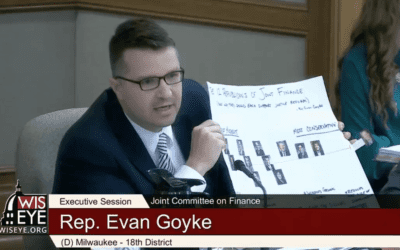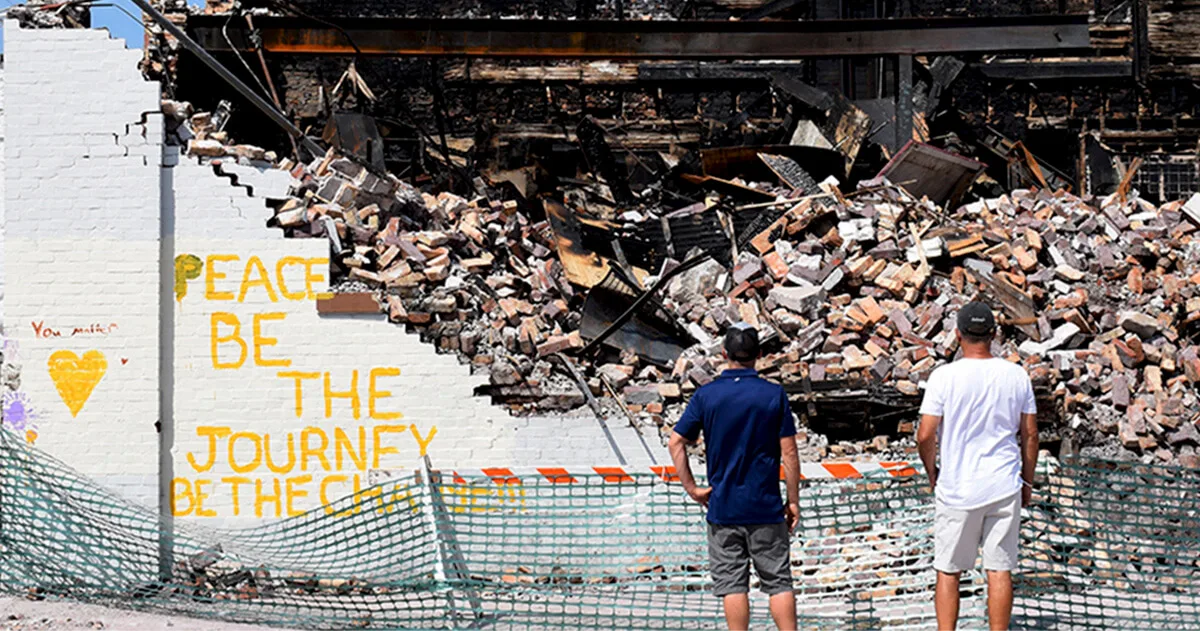
#image_title
“You can feel it in the air. It’s something that’ll never go away.”
If it were up to Joseph Vignieri, Kenosha residents would cap off a turbulent week—one that featured a brutal police shooting, double-murder at an ensuing protest, and riots—with a show of unity at the spot where a local police officer shot a Black man seven times in the back at point-blank range.
“I’d like to see 10,000 or 20,000 white people go to 40th and 28th with flowers,” Vignieri, a white local art model, said Friday.
Jacob Blake, the 29-year-old Black man whose shooting by a police officer set sparked a week of unrest and violence, was shot Sunday near the intersection of 40th Street and 28th Avenue. The shooting served as yet another example of a cop brutalizing a Black man in a summer in part defined by global protests over the heinous murder of George Floyd by Minneapolis police.
“A lot of people are just really wanting a change to happen,” said China Blair, a 25-year-old Black Kenosha resident.
In the Downtown and Uptown areas of Kenosha, the smell of burning rubber and charred wood was still thick in the air Friday. Several Uptown buildings were totally burned down on Monday, and a car dealership Downtown was almost completely torched on Tuesday.
“You can feel it in the air,” said Kelly Krause, a white Kenosha resident who was surveying damage at the Downtown car dealership Friday. “It’s something that’ll never go away.”

Windows to almost every storefront in the Downtown and Uptown areas are now boarded up. To help beautify and unify the city of about 100,000, the nonprofit Kenosha Creative Space began handing out paint to anyone willing to make some art.
Dozens of people, some from as far as California and Texas, came to paint art on the boarded-up windows. Some wrote messages of hope, others yet painted meaningful images expressing pain and anxiety over the state of the nation.
Murals have been painted across boarded-up windows in other cities, such as Madison, in the wake of violent protests and looting this summer.
“We need as a community a way to demonstrate we are not that negative image that was presented on [national] news,” said Francisco Loyla, director of the Kenosha Creative Space.
Downtown, about a block from the Kenosha County courthouse, Mexican-born artist Roberto Marquez, who professionally goes by the name Robenz, was painting a boarded-up storefront. His in-progress painting represented the pain he sees the Black community in, he said.
“I thought if we had another situation [like the Blake shooting] it would be years down the road,” said Marquez, who previously traveled this summer to Minneapolis after Floyd’s death. “I was hoping that it wouldn’t be as bad as it was.”

In Uptown, around the corner from a spot where two buildings burned down, Delise Evans, a 33-year-old Black Kenosha resident, painted a mural depicting a mother crying and holding her son. Next to it, she painted the words: “I love you, son. Mama just want to see you grow.”
Evans said she is worried her son, Veonnie, an 11-year-old non-verbal child, could end up the victim of police violence. People with mental illnesses and disabilities are far more likely to be killed by police than neurotypical people.
“My son, you know, he doesn’t talk. How would he tell…” Evans said, trailing off.
Evans said she understands the anger on display in Kenosha but would have preferred arsonists and looters to leave the city alone.
“I hope we get back to normal, but it’s going to be a long time,” Evans said. “It really is.”
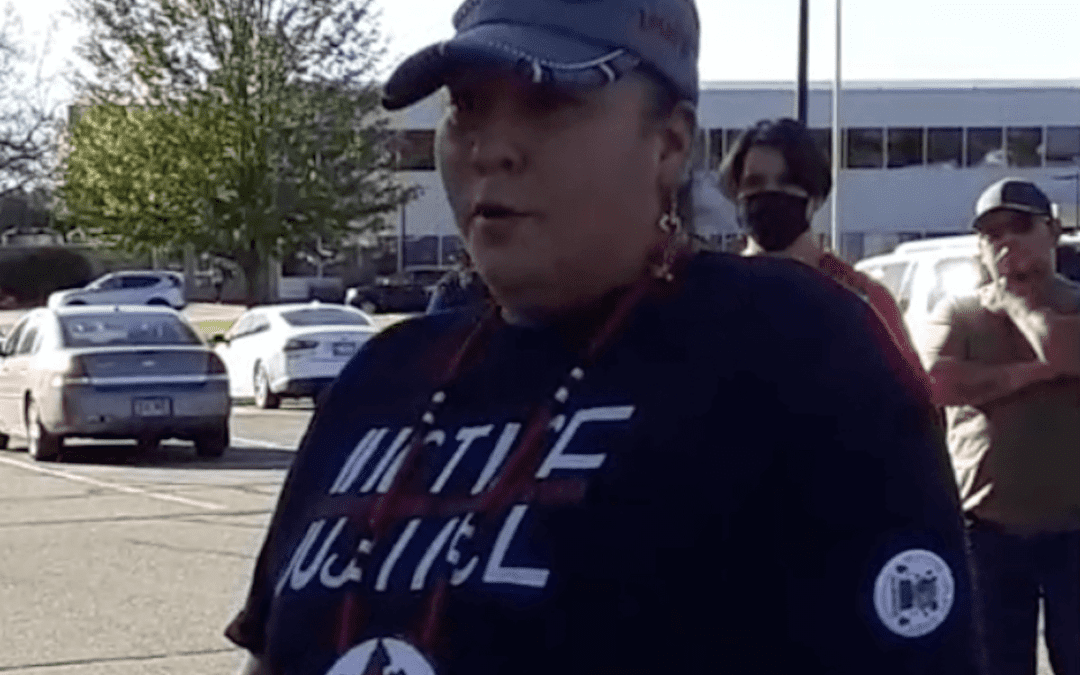
Native American Leaders Seeking Improvements to Curriculum After Teacher Wears Racist Outfit
Insensitive depictions of Native Americans are demeaning and further negative views that help lead to violence against indigenous people, advocates...
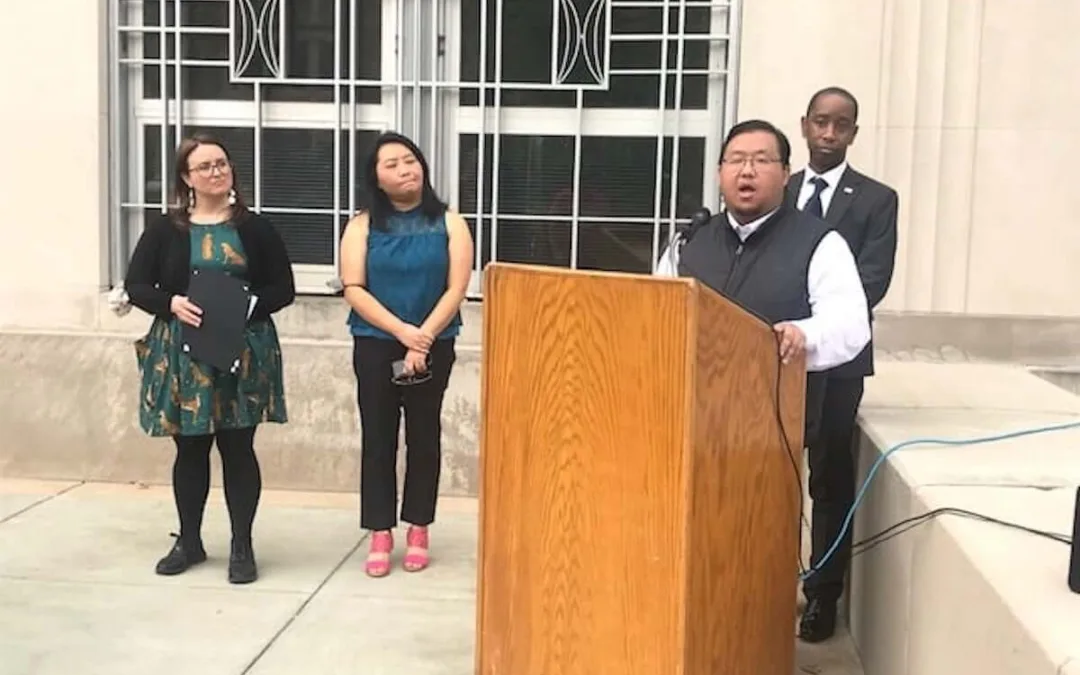
After ‘Community for All’ Resolution Fails Again, Progressive Marathon County Officials Worry ‘This Might Set Us Back’
“This sends the message that some people don’t matter as much as others in our community,” one official said. Supporters of a controversial...
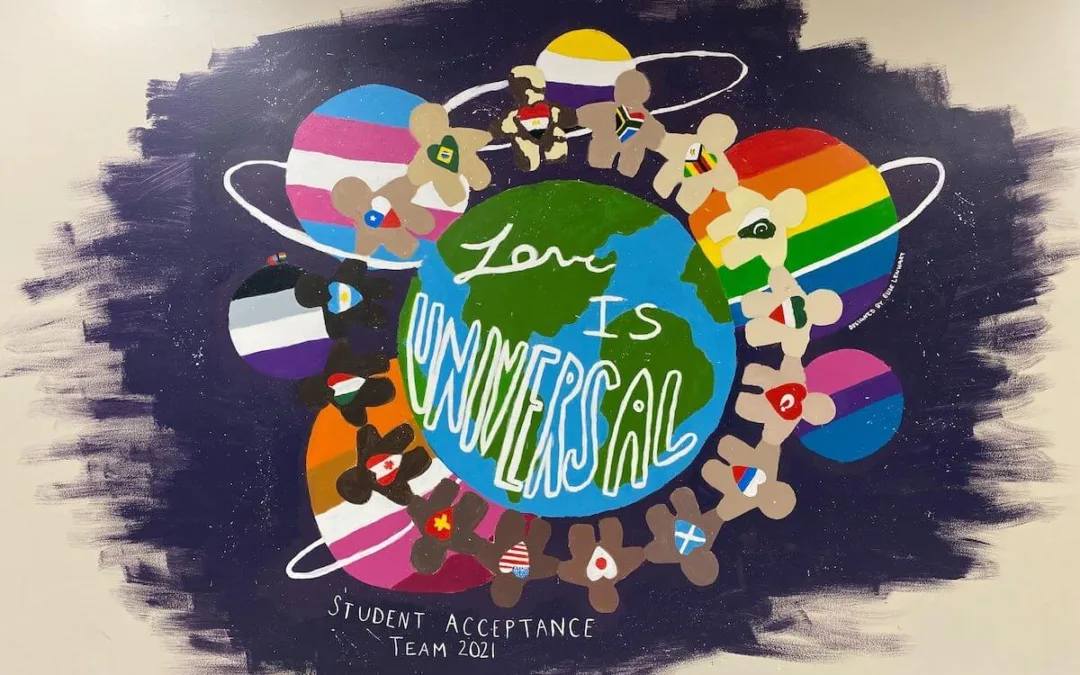
Commentary: Cedarburg’s School Mural Fiasco Shows Why We Need to Get Out of Our Bubbles
The district said the mural didn't represent "all members of our school community." But who was really left out? Earlier this month, the Cedarburg...
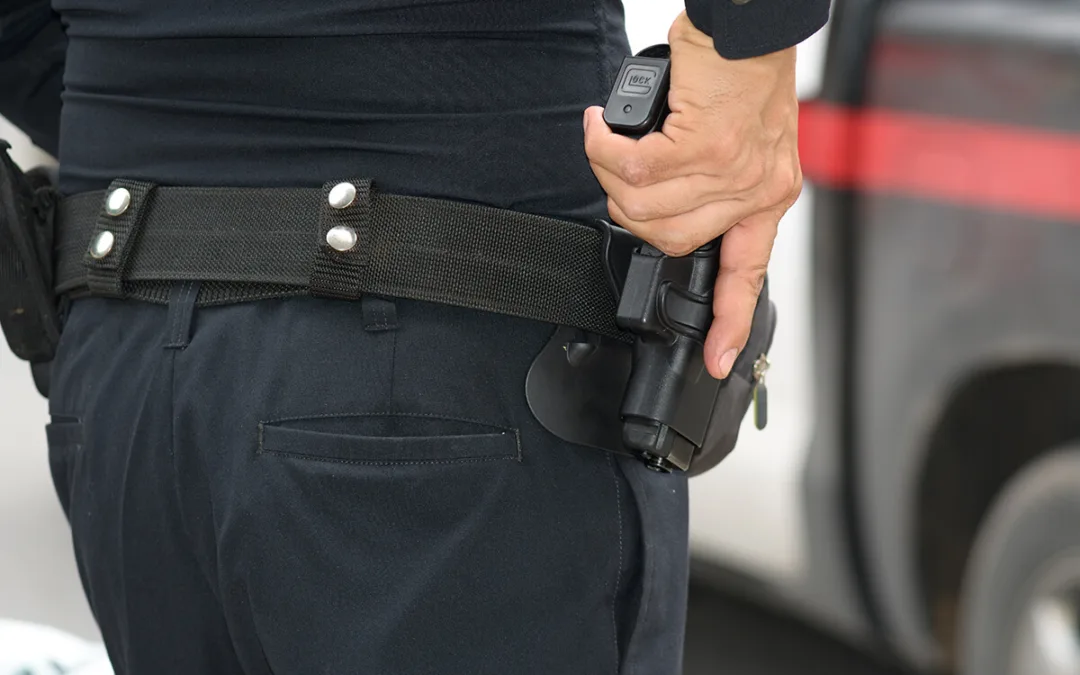
‘More Work Left’: First Police Reform Bills Pass, but Some Push for More
Evers says he’ll sign the bills, but he, legislative Democrats, and organizers say the state needs deeper reforms. Wisconsin will soon have a...


